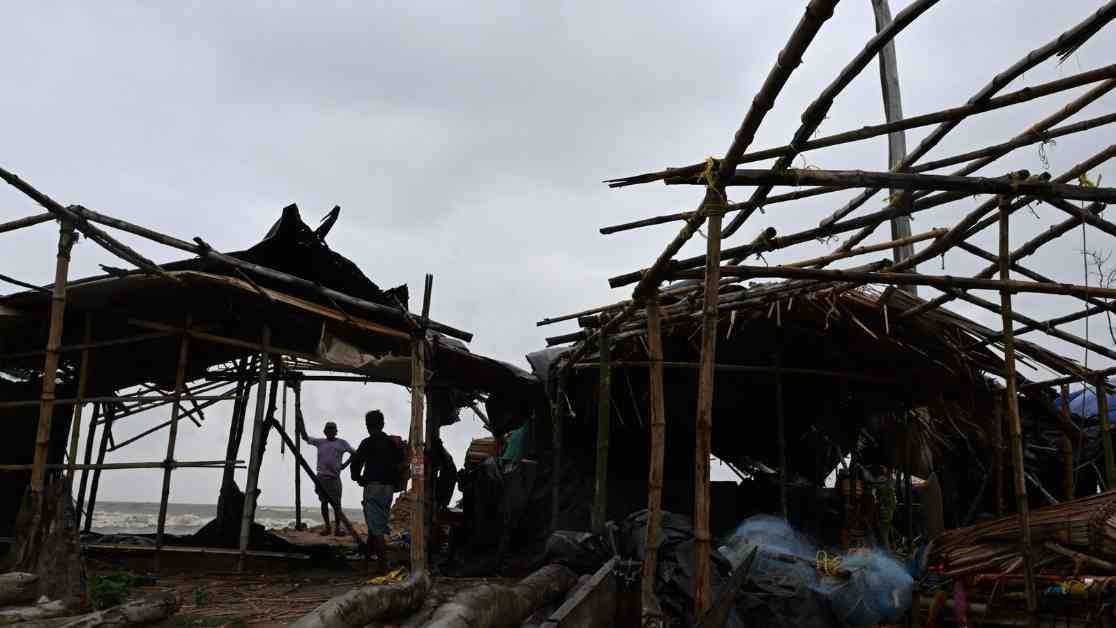The impact of climate crisis-related disasters has significantly increased over the years, leading to loss of life, property, economy, and biodiversity. The World Meteorological Organization (WMO) reports a five-fold increase in disasters between 1970 and 2019. The Anthropocene era, characterized by human activities causing catastrophic changes to the planet, is further exacerbating these challenges.
In September 2024, devastating floods hit multiple continents, including Europe, Asia, Africa, and North America. Countries like Poland, Austria, the Czech Republic, China, Vietnam, Niger, Chad, Cameroon, and the southeastern United States faced severe flooding due to extreme weather events. These incidents highlight the urgent need for effective disaster prevention strategies.
Developing early weather warning systems has become a crucial aspect of public policy for disaster prevention. United Nations Secretary-General António Guterres emphasizes the importance of early warning systems in saving lives and reducing financial losses. According to the WMO, issuing an early warning within 24 hours can decrease damage by 30% and prevent annual losses of $3-16 billion globally.
Despite the significant benefits of early warning systems, approximately one-third of the global population remains uncovered by such systems. The UN SG stresses the need for inclusive early warning systems that reach everyone, especially in least developed countries and small island developing states. The Global Status of Early Warning Systems report reveals that only 50% of countries have implemented these systems, with limited coverage in vulnerable regions.
To address these gaps, the UN has launched the Early Warnings for All: Executive Action Plan 2023-2027. This plan focuses on enhancing disaster risk knowledge, monitoring and forecasting, warning dissemination, and preparedness and response capabilities. It aims to secure investments of up to $3.1 billion over five years to implement the Multi-Hazard Early Warning System pillars.
Vulnerable countries, such as least developed countries and small island developing states, require multilateral support to improve their early warning systems and reduce disaster risks. Initiatives like the Climate Risk and Early Warning Systems and the Systematic Observations Financing Facility play a crucial role in providing financial assistance and technical support to enhance weather forecasting and climate services.
Early warning systems are not only essential for disaster prevention but also align with global climate crisis goals outlined in bodies like the Intergovernmental Panel on Climate Change, the Sendai Framework for Disaster Risk Reduction, and the Paris Agreement. These systems are vital components of achieving sustainable development goals by 2030 and building resilient communities.
In conclusion, the Executive Action Plan serves as a comprehensive framework for implementing early preventive actions and engaging all stakeholders in disaster preparedness. By strengthening early warning systems, taking proactive measures, and promoting collaboration across agencies and communities, we can save lives, reduce losses, and enhance resilience to climate crisis-related disasters.
